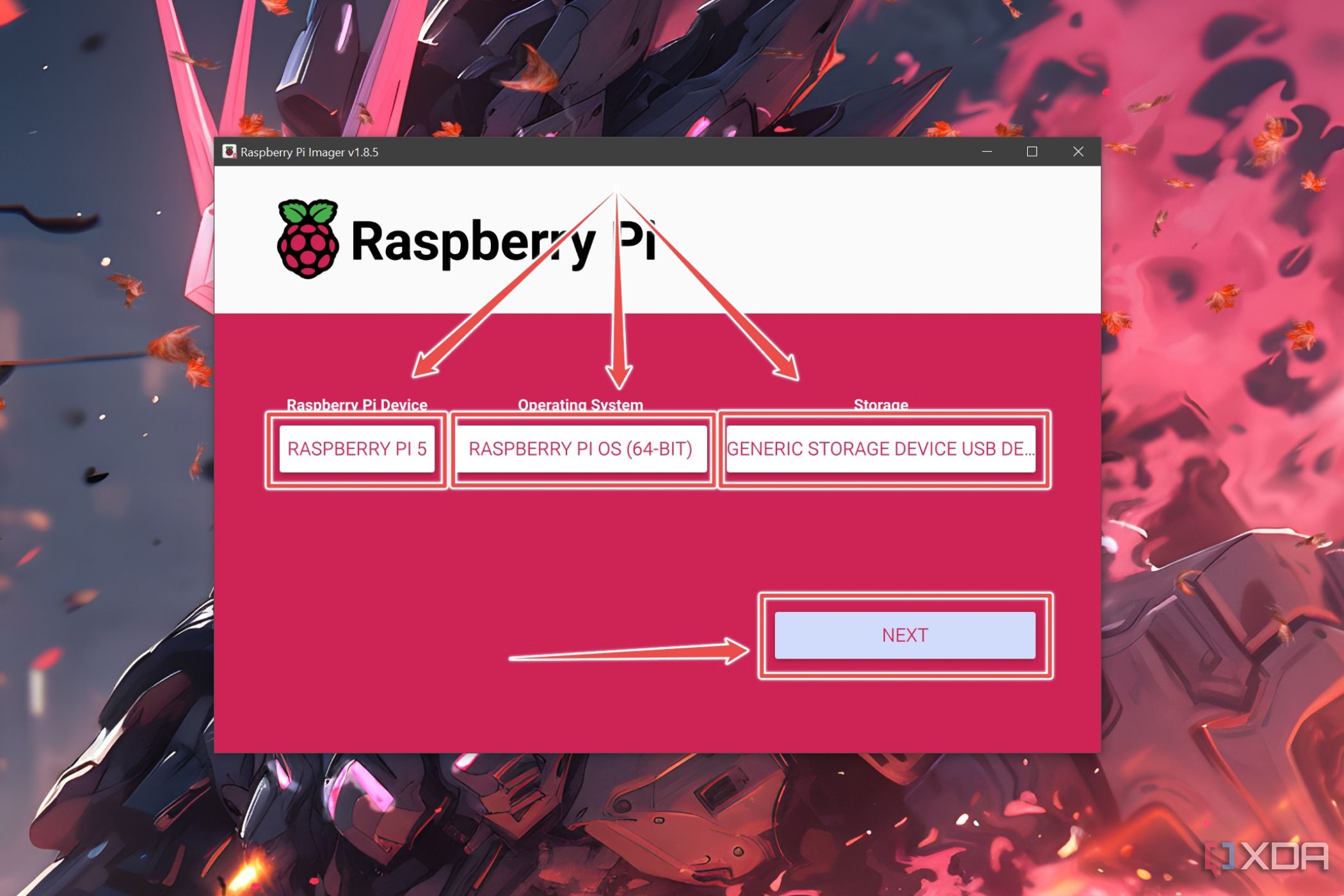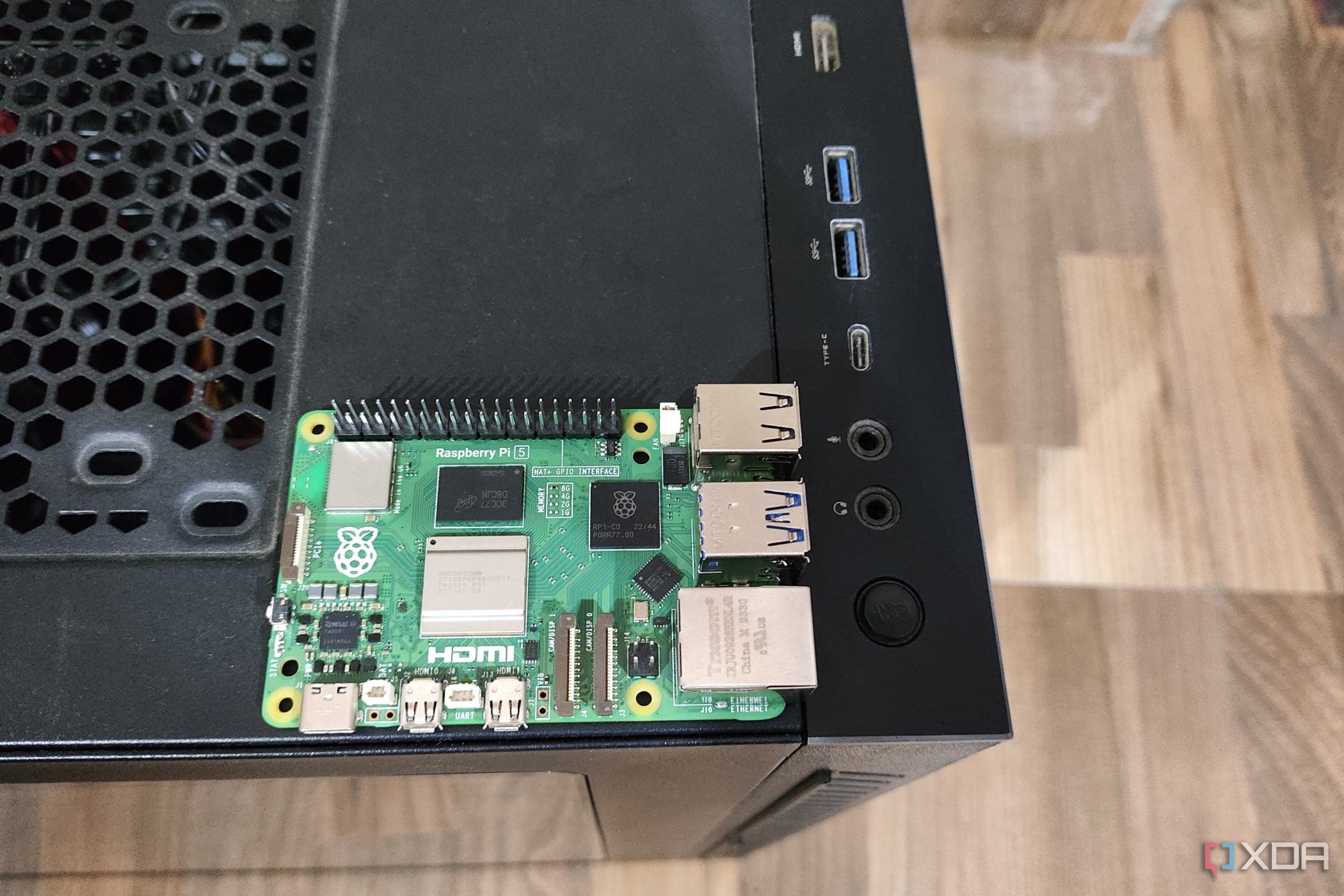How To SSH Into Raspberry Pi From Outside Network: The Ultimate Guide
SSH into Raspberry Pi from outside network? Sounds complicated, but it’s actually easier than you think. If you’re reading this, chances are you’ve got a Raspberry Pi sitting somewhere—maybe at home or in your office—and you want to access it remotely. Well, buckle up because we’re diving deep into the world of remote connections, security, and networking. This isn’t just any guide; it’s the ultimate one.
Remote access to your Raspberry Pi opens up endless possibilities. Imagine being able to control your home automation system, check on a server, or even troubleshoot an issue while you’re chilling miles away. But hold on—there’s more to it than just typing a command. Security, port forwarding, and dynamic IP addresses are all part of the game. Don’t worry, though. We’ve got you covered.
By the end of this article, you’ll not only know how to SSH into Raspberry Pi from outside your network but also understand the best practices to keep everything secure. So grab a coffee, get comfy, and let’s jump right in.
- Jaden Newman Nudes Separating Facts From Fiction And Understanding The Bigger Picture
- Bhad Bhabie Nude The Untold Story Behind The Hype And Controversy
Table of Contents
- What is SSH?
- Why Use SSH for Raspberry Pi?
- Preparing Your Raspberry Pi
- Enabling SSH on Raspberry Pi
- Configuring Your Network
- Setting Up Port Forwarding
- Using Dynamic DNS
- Securing Your SSH Connection
- Troubleshooting Common Issues
- Wrapping It Up
What is SSH?
SSH stands for Secure Shell, and it’s like the secret handshake of the tech world. It’s a protocol that lets you connect to another computer over a network—whether it’s local or the internet—and run commands as if you were sitting right in front of it. The best part? It’s encrypted, meaning no one can snoop on what you’re doing.
Think of SSH as a secure tunnel between you and your Raspberry Pi. You send commands through this tunnel, and they’re executed on the other side. It’s super handy for managing servers, automating tasks, or just showing off your tech skills.
SSH vs Telnet: Why SSH Wins
Before SSH came around, people used Telnet to do similar stuff. But here’s the deal—Telnet isn’t secure. Everything you type, including passwords, is sent in plain text. That’s like shouting your PIN number in a crowded room. SSH, on the other hand, encrypts everything, making it way safer.
- Michelle Mylett Nude Separating Facts From Fiction And Understanding The Bigger Picture
- Corrina Kopf Naked The Truth Behind The Clickbait And Sensationalism
Why Use SSH for Raspberry Pi?
Your Raspberry Pi is a tiny powerhouse capable of running servers, hosting websites, and controlling smart home devices. But what if you’re not physically near it? That’s where SSH comes in. Here are a few reasons why SSH is awesome:
- Remote Access: Control your Raspberry Pi from anywhere in the world.
- Automation: Run scripts and automate tasks without needing a monitor or keyboard.
- Security: SSH is encrypted, keeping your data safe from prying eyes.
- Flexibility: Use it for anything from file transfers to setting up a media server.
Whether you’re a hobbyist or a pro, SSH is a must-have tool in your Raspberry Pi toolkit.
Preparing Your Raspberry Pi
Before you can SSH into your Raspberry Pi from outside your network, you need to make sure everything is set up properly. Here’s a quick checklist:
- Install the latest version of Raspberry Pi OS.
- Ensure your Raspberry Pi is connected to the internet.
- Update all your software to avoid any compatibility issues.
It’s also a good idea to have a static IP address for your Raspberry Pi within your local network. This makes things easier when configuring port forwarding.
Setting a Static IP Address
A static IP address ensures that your Raspberry Pi always has the same address on your local network. Here’s how to set it up:
- Open the terminal on your Raspberry Pi.
- Type
sudo nano /etc/dhcpcd.conf. - Add the following lines at the end of the file:
interface eth0
static ip_address=192.168.1.100/24
static routers=192.168.1.1
static domain_name_servers=192.168.1.1
Replace the IP addresses with ones suitable for your network.
Enabling SSH on Raspberry Pi
SSH isn’t enabled by default on newer versions of Raspberry Pi OS, so you’ll need to turn it on. There are a couple of ways to do this:
Method 1: Using the Raspberry Pi Configuration Tool
Open the terminal and type:
sudo raspi-config
Then navigate to Interfacing Options, select SSH, and enable it. Easy peasy.
Method 2: Creating an SSH File
If you don’t have access to the Raspberry Pi’s GUI, you can enable SSH by creating an empty file named ssh in the boot partition. Here’s how:
- Mount the SD card on your computer.
- Navigate to the boot partition.
- Create a new file called
ssh(no extension).
That’s it! When you boot up your Raspberry Pi, SSH will be enabled.
Configuring Your Network
Your home network is like a fortress, and to access your Raspberry Pi from outside, you’ll need to open a gate. This involves configuring your router to allow incoming SSH connections.
Understanding Router Settings
Every router is different, but most will have a section for port forwarding or virtual servers. This is where you tell your router which device should handle incoming SSH requests.
Here’s what you need to do:
- Log in to your router’s admin panel (usually by typing
192.168.1.1in your browser). - Find the port forwarding or virtual server settings.
- Add a new rule with the following details:
- Service Name: SSH
- External Port: 22
- Internal IP Address: Your Raspberry Pi’s static IP
- Internal Port: 22
Save the settings and restart your router for good measure.
Setting Up Port Forwarding
Port forwarding is like giving your Raspberry Pi a direct line to the outside world. When someone tries to connect to your router on port 22, the request gets forwarded to your Raspberry Pi.
Checking Port Forwarding
To make sure everything’s working, you can use a tool like YouGetSignal to check if port 22 is open. Just enter your public IP address, and the tool will tell you whether the port is reachable.
Using Dynamic DNS
Most internet service providers assign dynamic IP addresses, meaning your public IP can change without warning. This can mess up your SSH connection. That’s where dynamic DNS (DDNS) comes in.
DDNS services keep track of your public IP and update it automatically. Here’s how to set it up:
- Sign up for a DDNS service like No-IP or Dynu.
- Download and install their client software on your Raspberry Pi.
- Configure the client to update your DDNS record whenever your IP changes.
Now, instead of using a hard-to-remember IP address, you can use a friendly domain name like myrpi.ddns.net.
Securing Your SSH Connection
Security is key when you’re opening your network to the outside world. Here are a few tips to keep your SSH connection safe:
- Change the Default Port: Instead of using port 22, change it to something less obvious, like 2222. This makes it harder for attackers to find your SSH service.
- Use Strong Passwords: Avoid using common passwords or ones that are easy to guess. Better yet, disable password authentication altogether and use SSH keys.
- Enable Firewall Rules: Configure your Raspberry Pi’s firewall to only allow SSH connections from trusted IP addresses.
Setting Up SSH Keys
SSH keys are like digital keys that let you log in without typing a password. Here’s how to set them up:
- Generate a key pair on your computer by running
ssh-keygen. - Copy the public key to your Raspberry Pi using
ssh-copy-id pi@your-rpi-ip. - Test the connection by running
ssh pi@your-rpi-ip. You should be able to log in without entering a password.
Troubleshooting Common Issues
Even with the best preparation, things can go wrong. Here are some common issues and how to fix them:
- Can’t Connect: Double-check your port forwarding settings and ensure your firewall isn’t blocking the connection.
- Connection Timeout: Make sure your Raspberry Pi is powered on and connected to the internet.
- Wrong IP Address: Verify your public IP and DDNS settings to ensure they’re up to date.
Still stuck? Don’t hesitate to reach out to the Raspberry Pi community or forums. Chances are, someone’s faced the same issue and found a solution.
Wrapping It Up
SSH into Raspberry Pi from outside network doesn’t have to be rocket science. With the right setup and a bit of patience, you can access your Raspberry Pi from anywhere in the world. Remember to prioritize security and keep everything updated to avoid potential threats.
Now that you know how to do it, why not give it a try? Whether you’re managing a server, automating tasks, or just tinkering around, SSH opens up a whole new world of possibilities. And hey, if you liked this guide, don’t forget to share it with your tech-savvy friends. Happy hacking!



Detail Author:
- Name : Khalid Homenick
- Username : gutkowski.tierra
- Email : roberta29@hotmail.com
- Birthdate : 1996-11-02
- Address : 315 Hans Pike East Johann, RI 18513-9265
- Phone : (540) 447-0465
- Company : Bauch Inc
- Job : Inspector
- Bio : Rem molestiae est dolorem rerum omnis ut. Quo voluptate et optio delectus est sint ut. Non quibusdam natus perferendis animi architecto. Dignissimos deleniti voluptatem optio iusto est.
Socials
tiktok:
- url : https://tiktok.com/@mcglynn1976
- username : mcglynn1976
- bio : Corporis temporibus et est repudiandae ullam hic necessitatibus.
- followers : 1838
- following : 289
twitter:
- url : https://twitter.com/rhiannamcglynn
- username : rhiannamcglynn
- bio : Eligendi iure hic ea quo amet ad aut. Consequatur quam ducimus id fugit.
- followers : 936
- following : 1189
facebook:
- url : https://facebook.com/rmcglynn
- username : rmcglynn
- bio : Aut fugit iusto quaerat maiores quod sit ad.
- followers : 3215
- following : 1000
instagram:
- url : https://instagram.com/rhianna_mcglynn
- username : rhianna_mcglynn
- bio : Deleniti est et occaecati id dolorem occaecati. Vero officiis rerum ea porro rerum.
- followers : 1635
- following : 2846